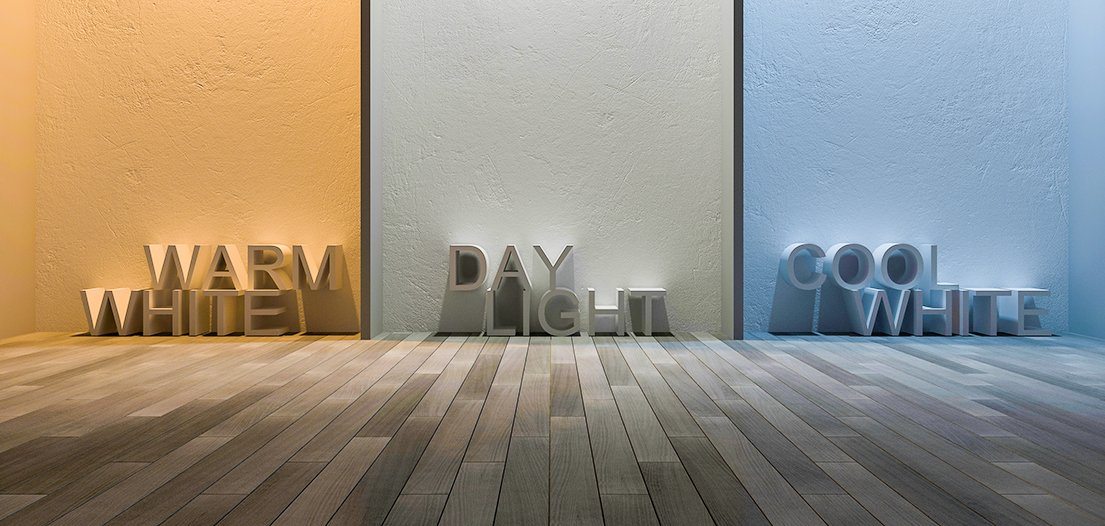What does Warm White, Neutral White, Cool White, etc. mean?
We’re here to tell you more about it, so scroll through to learn more. Be warned though, things are going to get sciency.
We know what colors our eyes will see at the different temperatures. When we describe what color an LED light emits, we compare it (or correlate it) to these temperatures. That's why it's called "Correlated Color Temperature" or CCT.
When we describe what a specific color temperature looks like, we often use words like cool and warm. These descriptions have less to do with the actual color temperature than they do with how the colors look. Light that is more red, while technically a lower temperature, is considered "Warmer". While light that is more blue is considered "Cooler", even though it's technically a higher temperature.
3000K (WARM WHITE)
What we call "Warm White" is very close to the color of traditional incandescent bulbs. It offers a warm glow that gives off a cozy vibe. This is recommended for more traditional interior designs.
4100K (NEUTRAL WHITE) (aka DayLight)
What we call "Neutral White" is about half-way between Warm White and Cool White. It is still warm, but colors will look more vibrant. It is a nice compromise between the more modern Cool White and the traditional Warm White. Neutral White excels at displaying art. For example, neutral white is used for showcasing art or paintings and is used for when you want to produce similar lighting to real daylight for your interior.
5000K (COOL WHITE)
"Cool White" is meant for more modern aesthetics and is especially great in offices. It is energetic and closely resembles daylight. Cool White is the best light for reading and detailed tasks.
It wasn't that long ago you went to the hardware store, and the extent of your purchase-decision-making only involved choosing between 20W, 40W, 60W, or maybe 100W for your light bulb. But the energy-saving LEDs of today offer a lot more choices, and if, like us, you check the box for potentially useful information, you may have come across the words color temperature or a 4 digit number ending with a K.

You may have wondered, "What is this? I just want to replace the busted light bulb in our living room." The simple answer is that the number with a K (Kelvins) behind it defines the color temperature and these numbers tell you the color of the light you're about to purchase.

You've probably seen pictures of blacksmiths working before. When they heat up metal, it glows. As heat is applied to say a metal rod, it will begin to look red, then orange, then yellow and eventually white if it gets hot enough. A similar process happens inside of older tungsten light bulbs. As the filament is heated, it radiates visible light. As a filament gets hotter, the color of the light begins to shift. Color temperatures are based on the colors a filament radiates at different temperatures, more or less. (There's actually a more complicated explanation, and you can read about it here.)
Now that you know all about color temperatures, you're ready to choose the right lights for you!


